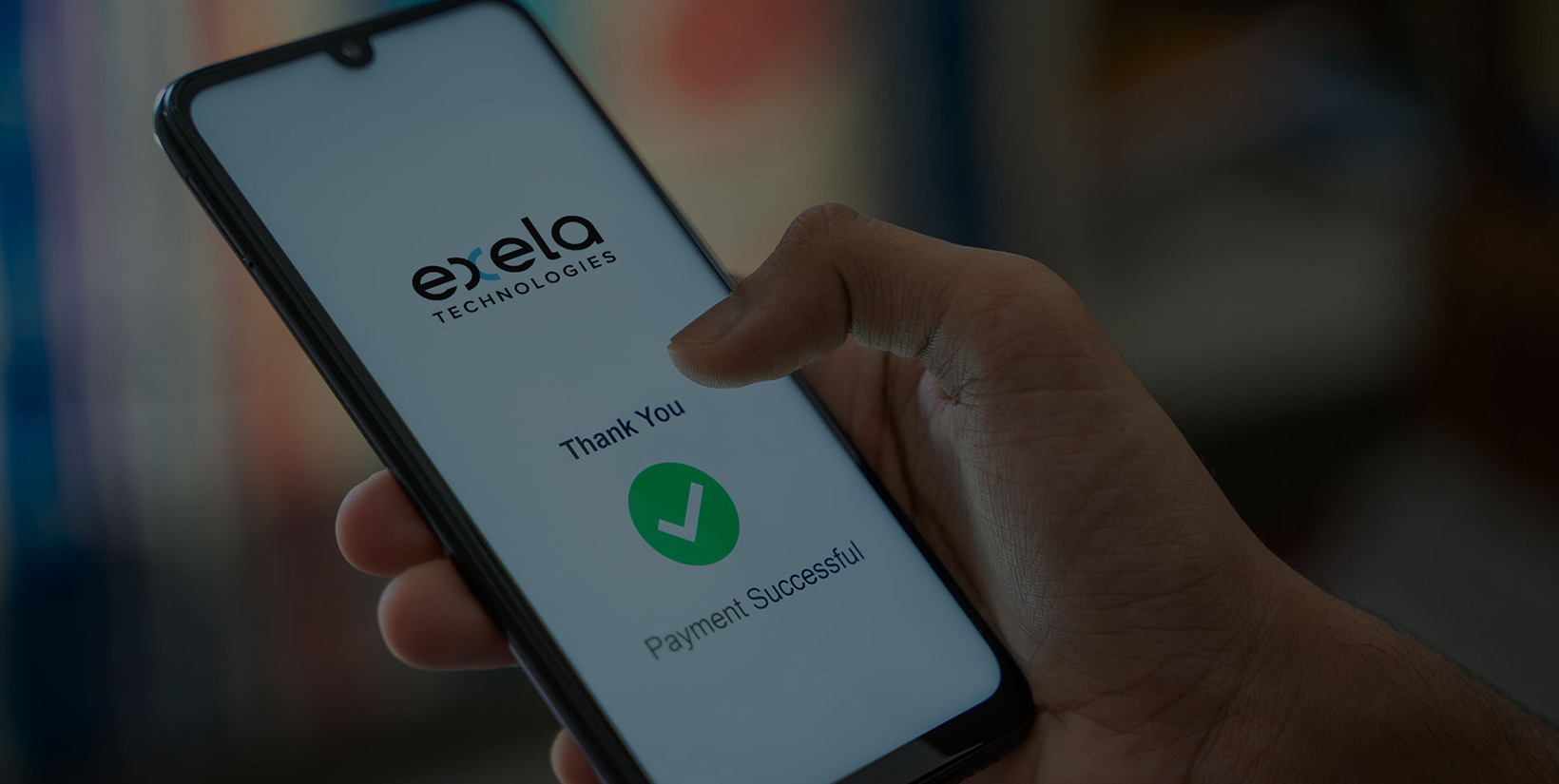How Automated Cash Application is Transforming Accounts Receivable


In the finance space, we’re currently seeing how automated cash application actively transforms the landscape of accounts receivable (AR) management. Traditional manual processes, often cumbersome, error-prone, and inefficient—especially under the burden of high volumes of customer payments—are rapidly being replaced. The integration of AI-powered cash application automation software streamlines these processes, dramatically reducing manual effort, enhancing accuracy, and accelerating cash flow. This technology not only optimizes existing workflows but also reshapes the future of financial operations.
The Growth Trajectory of Accounts Receivable Automation
The concerns about adopting automated solutions are contrasted by promising market growth projections of a compound annual growth rate of 13.8%. The Accounts Receivable Automation market is expected to grow from USD 3.41 billion in 2022 to USD 9.59 billion by 2030. This significant growth indicates the increasing recognition of the benefits of AR automation across industries, suggesting that businesses investing in these technologies stand to gain a competitive edge.

Exploring the Pain Points of Financial Leaders
Financial leaders and accounting professionals grapple with multiple challenges in their daily operations, which can hinder the smooth functioning of financial departments. Here are some of the most pressing pain points:
High-Volume Transaction Management: In companies with a large customer base, managing the sheer volume of transactions can be overwhelming. This often leads to delays and inaccuracies in payment matching, adversely affecting other financial processes.
Accuracy and Compliance: Confirming that every transaction adheres to accounting standards and regulatory requirements is crucial. Manual processes, with their inherent risk of human error, can lead to compliance issues that might result in fines and damage to reputation.
Cash Flow Visibility: Effective cash management requires clear visibility into the status of invoices and payments. Manual systems often fail to provide real-time data, making it difficult for financial leaders to forecast cash flow and make informed strategic decisions. Improving cash flow visibility is a critical aspect of enhancing overall liquidity management.
Resource Allocation: Excessive manual processes can lead to inefficient use of staff, with skilled professionals spending too much time on routine tasks instead of focusing on higher-value activities like analysis and strategic planning.
This is where automated cash application steps in, addressing these challenges and streamlining financial processes. Let’s take a closer look at how it does this.

Enhancing Accuracy with AI-Powered Automation
The core of automated cash application lies in its ability to use artificial intelligence (AI) to automate the matching of incoming payments with the correct invoice numbers. In the past, accounts receivable departments spent countless hours manually matching payments to open invoices based on remittance advice. However, with AI-powered cash application automation software, these tasks are significantly more efficient. The software can learn from remittance data and past behaviors to improve its accuracy over time, thus reducing the reliance on manual intervention and speeding up the reconciliation process.
Streamlining Processes with Electronic Payments and ERP Systems
The shift towards electronic payments has been a game-changer for AR departments. These electronic systems can integrate seamlessly with an organization’s ERP system, allowing for real-time updates and reporting. With this integration, payment and remittance information is automatically captured and processed, which facilitates the rapid identification and resolution of discrepancies in outstanding invoices. This instantaneous processing not only accelerates cash flow but also enhances the overall cash management strategy of a business.
Real-Time Data for Better Financial Decision-Making
With automated cash application, companies gain real-time visibility into their cash flow and payment metrics. This real-time processing of remittance information and customer payments allows financial managers to have up-to-the-minute insights, which are crucial for making informed decisions. This level of detail and immediacy can drastically improve the financial agility of a business, helping to better manage resources and anticipate future cash needs.
Reducing Costs and Improving Customer Relationships
Automated cash application significantly reduces the costs associated with manual labor in the AR department. By automating the tedious process of matching incoming payments to payments with the correct invoices, companies can allocate their staff to more strategic tasks, such as enhancing customer service and improving operational strategies. Moreover, faster processing times lead to quicker dispute resolution, which directly impacts customer satisfaction and retention.
Compliance and Security
Compliance and security are paramount in financial operations. Automated systems help provide adherence to regulatory requirements and internal controls, minimizing the risk of errors and fraud.
Building a Strategic Advantage
For financial leaders, embracing automated cash application is not just about keeping up with technology—it's about gaining a strategic advantage. Automating AR processes enables businesses to improve their financial agility, enhance accuracy, reduce costs, and improve overall operational efficiency. In a competitive financial environment, these benefits translate into stronger business resilience and better strategic positioning.

Transform Your Financial Operations with Exela’s Advanced Finance and Accounting Solutions
At Exela, we understand the challenges that financial leaders face with traditional accounts receivable processes and we understand just how to leverage technology to address those challenges. Our Finance and Accounting platform is designed to streamline every stage of your cash application system — from intake and processing to AR reconciliation and exceptions management. Our platform, enhanced with robotic process automation (RPA), can significantly reduce workforce demands, processing times, and days sales outstanding (DSO) by unifying your inbound channels and streamlining your cash application process.
Our intelligent RPA system employs advanced optical character recognition engines to capture data accurately from both structured and unstructured sources. This minimizes the need for manual keying, enhancing process efficiency and improving accuracy. Our system is equipped to handle information from diverse sources including transaction scanning, electronic payments, external lockboxes, biller payment transactions, and web payments, thereby accommodating the varied preferences of your clients and customers.
Customizable according to your business rules, our RPA system’s rules engine can be optimized to meet your specific needs, while our receivables export tool efficiently routes payment data for completed transactions and exceptions processing. The integrated dashboard in our reporting tools provides a comprehensive view of receivables processing, enabling real-time activity monitoring and visibility.
Our modular approach to billing and payments management not only lowers implementation costs and reduces time to market but also allows for easy add-ons and system adjustments to continuously enhance your treasury operations.
With Exela, we take our time to discover your specific challenges and meet them head-on with a tailor-made solution. Learn more about our Cash Application solution today.
The transformation brought about by automated cash application is profound, turning traditional, manual AR processes into streamlined, efficient, and strategic operations. Businesses that embrace this technology not only benefit from reduced costs and increased efficiency but also position themselves as forward-thinking leaders equipped to handle the challenges of a rapidly evolving digital landscape.
Ready to enhance your accounts receivable processes and lead your industry? Explore our innovative automated cash application solutions today. Learn how we can help you streamline operations, boost efficiency, and transform your AR management into a strategic advantage.







